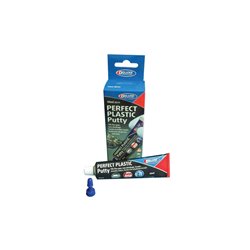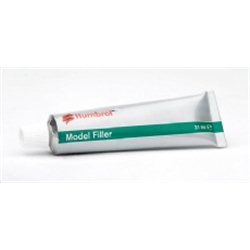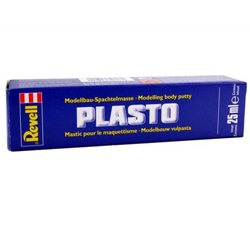'Supplementary arrow signs' are the arrows that can be seen just beneath some signals or signage such as speed limits...
No products
Product successfully added to your shopping cart
There are 0 items in your cart. There is 1 item in your cart.
Search Tips
Christmas and New Year
Due to public holidays, orders will be next dispatched on Monday 29th.
If you select next day delivery at checkout, please note deliveries are not made on New Year's Day or Sundays.
The shop in Sandown is closed on Saturday 27th December and will reopen on Tuesday 30th December.
Tuesday 30th: 10am to 4.30pm - Wednesday 31st: 10am to 2.30pm - Thursday 1st: closed - Friday onwards: 10am to 4.30pm.
What are ejector pins?
Ejector pins are used in the injection moulding process of the manufacturing of plastic kits and die cast kits. They apply force to eject the part from the mould: once it has been opened, the pins extend in to the mould and push the part out. They then reseat themselves to allow the mould to close and be refilled for the next one. These pins are also known as knock out pins.
They sometimes leave marks on models.
If the mark would be visible on the finished model, simply fill it with model filler. Another option, is to cover it with foil or a plastic strip.
Click here to receive the tips weekly in your mailbox. You can unsubscribe at any time.










